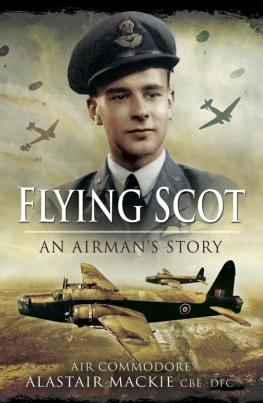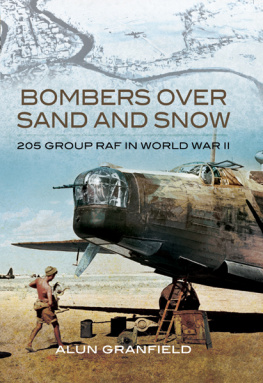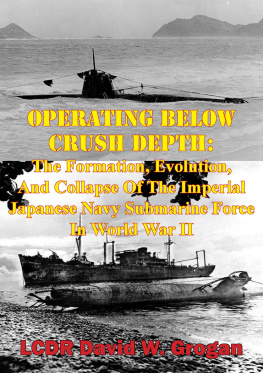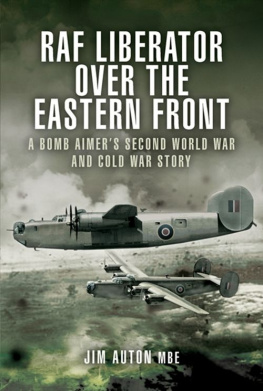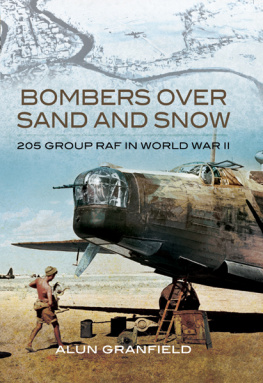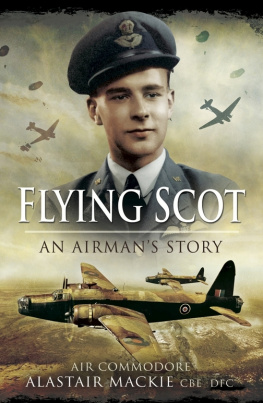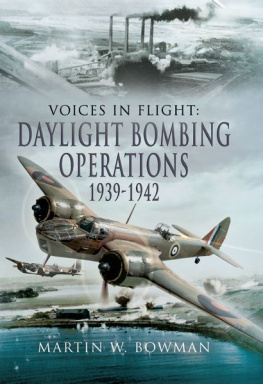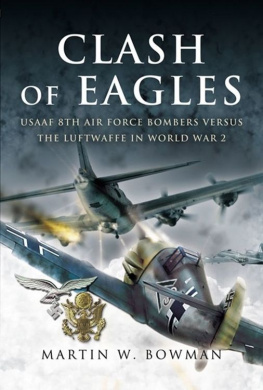Bombers Fly East: WWII RAF Operations in the Middle and Far East
Martin W. Bowman
First Published in Great Britain in 2016 by
Pen & Sword Aviation
an imprint of
Pen & Sword Books Ltd
47 Church Street, Barnsley, South Yorkshire S70 2AS
Copyright Pen & Sword Books 2017
ISBN 9781473863149
eISBN 9781473863163
Mobi ISBN 9781473863156
The right of Martin W Bowman to be identified as author of this work
has been asserted by him in accordance with the
Copyright, Designs and Patents Act 1988.
A CIP catalogue record for this book is
available from the British Library.
All rights reserved. No part of this book may be reproduced or transmitted in any form or by any means, electronic or mechanical including photocopying, recording or by any information storage and retrieval system, without permission from the Publisher in writing.
Pen & Sword Books Ltd incorporates the Imprints of Pen & Sword Aviation, Pen & Sword Family History, Pen & Sword Maritime, Pen & Sword Military, Pen & Sword Discovery, Wharncliffe Local History, Wharncliffe True Crime, Wharncliffe Transport, Pen & Sword Select, Pen & Sword Military Classics, Leo Cooper, The Praetorian Press, Remember When, Seaforth Publishing and Frontline Publishing.
For a complete list of Pen & Sword titles please contact
PEN & SWORD BOOKS LIMITED
47 Church Street, Barnsley, South Yorkshire, S70 2AS, England
E-mail:
Website: www.pen-and-sword.co.uk
Dedication
Captain Paul F. Stevens USN 27 April 1921-27 August 2014
Preface
In presenting this collection of stories of the RAF in action the author's endeavour has been to make his selection as widely representative of the many departments of the Service as possible. For this reason not only are stories of the various operational Commands included, but also narratives of action varying in latitude from the tropic seas to the ice-bound wastes of the Arctic and in longitude from the grey wilderness of the Atlantic waters to the lush jungles of Malaya.
Men of all Allied nationalities have worn the air blue of the RAF, for one magnificent year the only adversary of the Axis in the world's skies and have flown and fought in aircraft blazoned with the proud roundels of red, white and blue. The battle stories of these men - British, Empire and Allied alike - have become an integral part of a great tradition. Their victories, won over a determined enemy, over great distances, impossible weather conditions, intense pain and sometimes even death itself, are gloriously embodied in that tradition.
Battle Stories of the RAF by Leonard R. Gribble, 1945
Chapter 1
Mediterranean Missions
Take off for the Western Desert,
Fuka, 60 or 09,
Same old Lib, same old target,
Same old aircrew, same old time.
In May 1938 the French Government had issued a specification to the Consolidated Aircraft Corporation of San Diego, California, for a heavy bomber. The company's early study, designated LB30, was a landplane version of their new Model 29 flying boat (PB2Y). Early in 1939 the US Army Air Corps also drew up a requirement for a heavy bomber of infinitely better performance than the Boeing B-17, then in production. They were looking for a bomber capable of a top speed in excess of 300 mph with a range of 3,000 miles and a ceiling of 35,000 feet. Consolidated engineers initiated a further design study designated XB-24, which incorporated David R. Davis's high aspect ratio wing and the twin-finned empennage used on the Model 31 Flying boat (P4Y-1). In September 1939 France followed up its tentative order with a production contract for 139 aircraft under the original LB30 designation. A month later, on 26 October 1939, the Davis wing was first married to the fuselage and on 29 December 1939 the Liberator flew for the first time. William Wheatley was at the controls as it took off from Lindbergh Field next to the Consolidated plant in San Diego. In 1940 seven YB-24s, which had been ordered by the Air Corps shortly before the contract for the prototype, were delivered for service trials. Six YB-24s and twenty B-24As were diverted to the RAF and after the fall of France in June 1940, Britain took over the French contract for 139 LB30s. In 1942 a second Liberator production line was opened at Fort Worth, Texas, by Convair and this company turned out 303 B-24Ds. A third production line was brought into operation, at Tulsa, where the Douglas Company produced ten B-24Ds before changing production to B-24Es. At the end of 1942 a fourth B-24 production line was opened, by the Ford Motor Company at Willow Run where construction work had begun in 1941. In early 1943 the fifth and final major manufactory of Liberators was operated by North American at Dallas, Texas. The first Liberators to be used in the bomber role by the RAF were Mark IIs flown by Nos. 159 and 160 Squadrons. All Liberators up to and including the Liberator Mark III (B-24D) were supplied under direct British contracts. The Liberator Mark IIIA and subsequent versions were supplied under Lend-Lease and handed over to the RAF by the USAAF.
In November 1943 deliveries of the B.VI and GR.VI Liberators began. These versions were Convair-built B-24H and J with American turrets except for the tail turret which was by Boulton & Paul. By the end of the war over 1,800 Mark VIs and VIIIs had been used by the RAF, RCAF and RAAF, the greatest number of all models. In the Middle East the Liberator Mark VI was used mainly against enemy shipping in the Mediterranean. Beginning in July 1944, thirty-six Mark VIIIs were delivered to the RAF in that theatre, each equipped with centimetric radar designed for PFF operations against ground targets. In the Far East the Liberator Mark VI was the principal bomber used in the final Burma campaign ending with the capture of Rangoon. Fresh deliveries of Mark VIIIs arrived in May 1945. By the end of the war almost 2,500 Liberators of one sort or another had been delivered to the RAF, RCAF and the RAAF of which 1,694 were supplied by Consolidated alone.
Of all the theatres of operations in which the B-24 served during the Second World War, only in the Mediterranean did it see such widespread and diversified service with both the RAF and the USAAF. As early as December 1941 108 Squadron, then based in Egypt and equipped with Wellington bombers, received four Liberator Mark IIs, which had been originally intended for France. These unarmed Liberators remained in Egypt until it was decided that 108 Squadron should use them to convert fully from Wellingtons to Liberators. However, after they had been fitted with Boulton & Paul gun turrets and cannon, the plan to convert the whole Squadron to Liberators was abandoned and only two were ever used for bombing operations. Some others which had been used for conversion training were modified for supply-dropping duties. The four Liberator Mark IIs operated as a separate flight from the rest of 108 Squadron, which continued using Wellingtons right up to November 1942. For a time the flight operated from Palestine. William Foulkes, a fitter on108 Squadron, recalls: 'Keeping the Liberators flying was a problem. Just prior to the Battle of El Alamein we were operating from a base on the Cairo/Alexandria road about sixty miles from Alamein. Two of the Liberators had suspect engines so the one that was nearest its next major overhaul was cannibalized and its engines used on the other aircraft. The cowlings, however, did not fit properly on their new mountings and had to be fastened with nuts and bolts and even wire!'


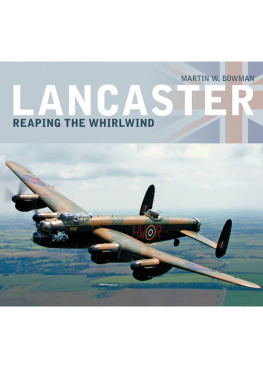
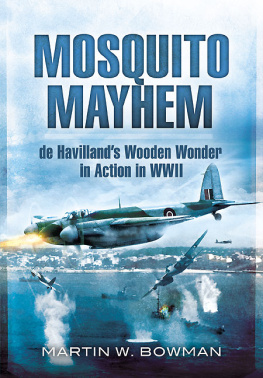
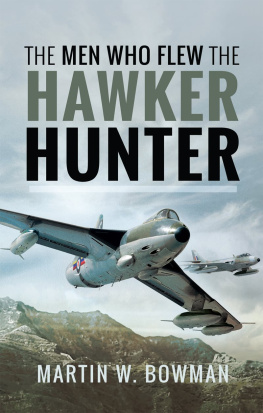

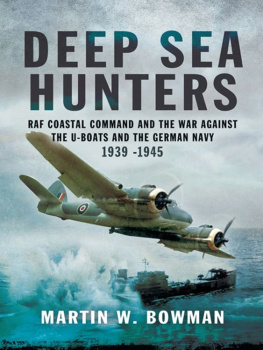
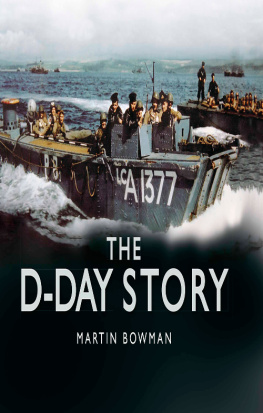
![Haselden Mark - Buffaloes over Singapore: [RAF, RAAF, RNZAF and Dutch Brewster fighters in action over Malaya and the East Indies 1941-42]](/uploads/posts/book/212345/thumbs/haselden-mark-buffaloes-over-singapore-raf.jpg)
